Creating 3D environments in Blender
Learn Blender 3.2, 4.1, explore Geometry Nodes and create wonderful 3D environments
4.59 (13835 reviews)
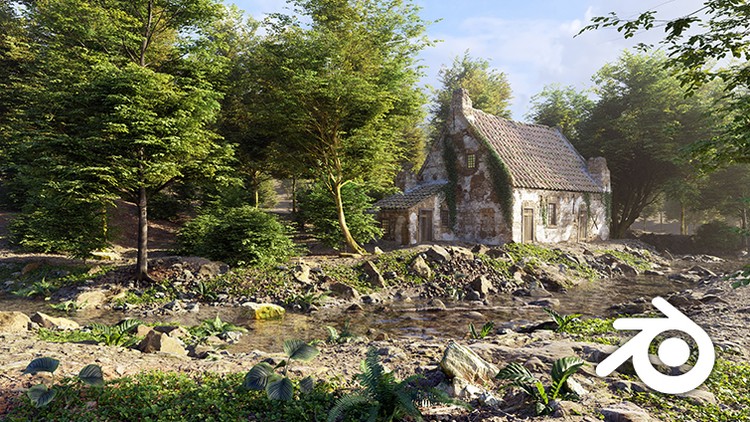
112,299
students
68 hours
content
Sep 2024
last update
$159.99
regular price
What you will learn
Creating stunning unique environments
Learn Blender 3.2, 4.1
Working with Geometry nodes
Learn the Blender basics
Creating animated photo-scanned trees
Creating a procedural volumetric sky
Organize your workflow to make large environment scenes
Use 4k /8k PBR textures
Find motivation and inspiration to build your dream scene
Screenshots
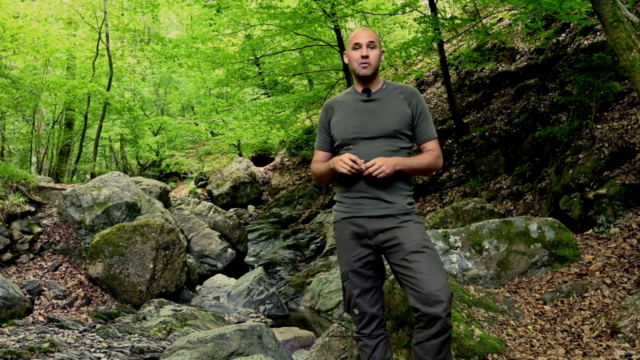
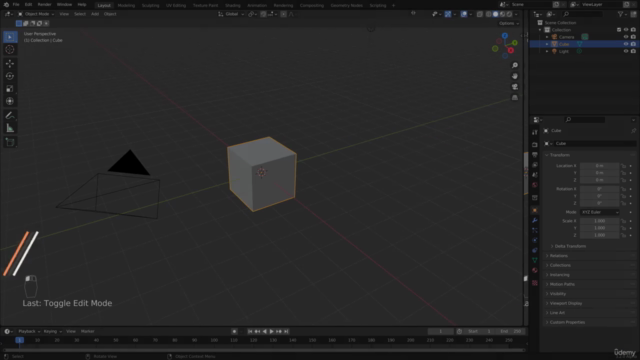
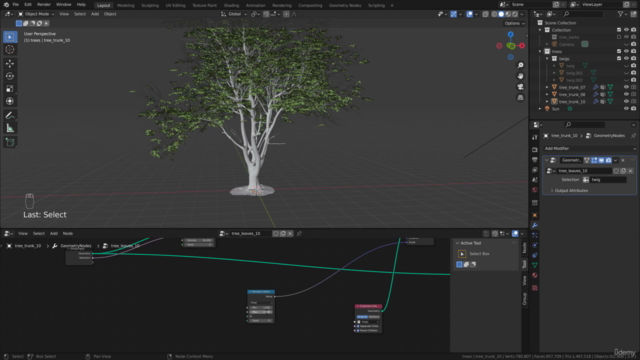
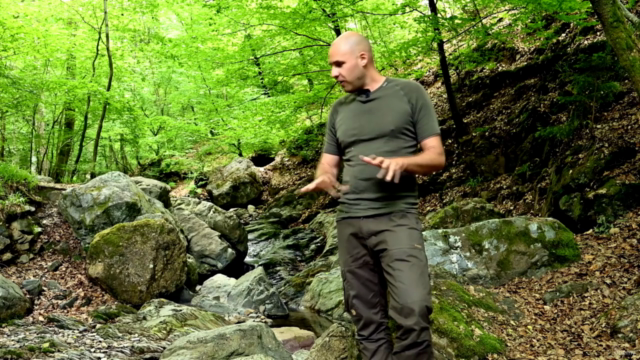
Related Topics
683198
udemy ID
11/28/2015
course created date
8/29/2019
course indexed date
Bot
course submited by